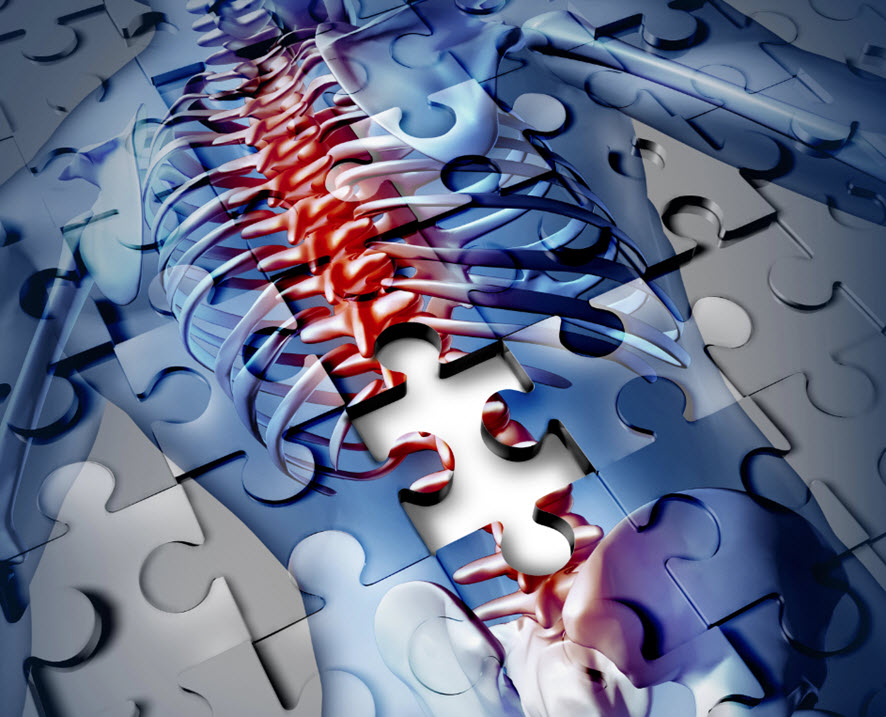The Complexities of Neck, Back and Spine Personal Injuries
May 3, 2024 | Personal injury
The spinal column that runs from the back of the neck to the top of the pelvis is the body’s core support system. This spinal column consists of intricate structures that work together to hold our bodies upright. They also work to support other activities such as bending and lifting. The spinal column houses the spinal cord, a long band of nerve tissue that sends signals from the rest of the body to the brain and vice versa. The spinal cord is necessary for sensations and movement throughout the body.
It is obvious that the spinal column and spinal cord play a critical role in the function and movement of our bodies. Damage to the spinal column and spinal cord as is the case in neck, back and spine injuries can therefore have a profound effect on our lives.
Common Neck, Back and Spine Injuries Explained
Whiplash
Whiplash is a common neck injury. It occurs when the neck is jerked suddenly and forcibly backward and forward. This type of injury is commonly experienced in car accidents where the force of the accident jerks the body back and forth. Rapid movement can cause strain of the muscles and ligaments in the neck. This can lead to pain, stiffness and restricted mobility. Whiplash injuries can result in significant discomfort. However, many people are able to heal completely with rest. Some do require rehabilitation to make a full recovery.
Herniated disc
Disc herniation, also known as slipped or ruptured disc, is an injury that occurs when the soft, gel-like center of a spinal disc protrudes through the tough outer layer. This results in the compression of the nerves in the area causing pain, numbness and weakness. These sensations radiate down the arms or legs depending on the location of the herniated disc. In severe cases, the injured person may require surgery to alleviate the pressure on the nerves.
Spondylolisthesis
This injury occurs when a vertebra slips out of place, either forward or backward, relative to the adjacent vertebrae. This displacement can result from degenerative changes in the spine, fracture injuries or congenital abnormalities. Depending on the severity, spondylolisthesis can cause varying degrees of back pain, muscle stiffness and nerve compression.
Fractured/ broken vertebrae
These injuries occur when the bony structures of the spinal column, the vertebrae, break or are fractured. This can occur as a result of a great force such as during a fall or in a car accident. These injuries can cause severe pain as well as limitations in movement. Surgery and physical therapy may be required.
Spinal cord damage
This includes partial or complete severing of the spinal cord. These injuries are the worst type of back injury. They result in partial or complete paralysis below the site of the injury. Injury victims may suffer paralysis such as quadriplegia or paraplegia depending on the site and nature of their injuries.
The Complexity of Neck, Back and Spine Injuries
Neck, back and spinal injuries are some of the most complex types of injuries to resolve. There are various reasons for this.
- Multifactorial nature of the spinal column
Neck, back and spine injuries often involve multiple structures. These include ligaments, muscles, discs and nerves. The interconnectedness of these components means that damage to one area can impact the function and stability of adjacent structures. This can complicate diagnosis, treatment and recovery. It is therefore often difficult to predict the recovery of an individual that has suffered any of these injuries.
- Varied symptoms
The symptoms of neck, back and spine injuries can vary widely. Symptoms depend on the underlying case as well as the location of the injury. Some symptoms are similar to symptoms for other conditions and are easy to overlook. Different individuals are also affected in different ways by similar injuries. The variability makes it challenging to pinpoint the exact source of the pain and tailor treatment accordingly.
- Individual differences
Factors such as individual differences in anatomy, health status and lifestyle play a role in how an individual experiences or responds to neck, back and spine injuries. What works for one individual may not be effective for another. Personalized treatment plans that take into account the unique circumstances and needs of the individual are required.
- Chronicity and recurrence
Neck, back and spine injuries have the potential to become chronic conditions with symptoms persisting long after the initial injury has healed. Additionally, factors such as poor posture, repetitive stress as well as aging can contribute to the recurrence of symptoms even after successful treatment. In severe cases, the injured individual never fully heals and must live with the symptoms for the rest of their lives. These injuries often require ongoing management and preventive measures.
Neck, back and spine injuries have far-reaching consequences. They can impact everything including function, mobility and the quality of life of the injured individual. Resolving these injuries can be complex. All these factors must be considered when seeking compensation for the damages suffered by an accident victim. If you or a loved one has suffered a back, neck or spine injury, contact High & Younes Attorneys LLC at 402-933-3345 for free assessment of your case. We can help you fight for the compensation you rightly deserve.

Neck, Back and Spine Personal Injuries

